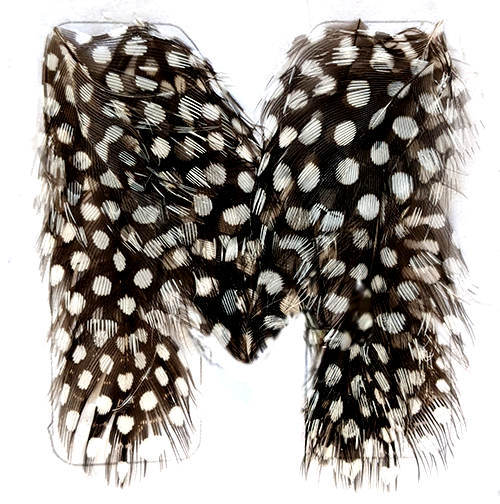Between a tiny Salvadorian restaurant—a pupuseria loved by the community for miles around, just down the road from the Pilgrim’s Pride chicken processing plant in Moorefield, West Virginia—and a pharmacy, a liminal region improbably sustains life. A grimy slough, almost a ditch: water, tall vegetation, trash snarled in weeds. From the road, it might not register, this no-place between parking lots. On gray May 6th, 2022, my husband and I sat outside the pupuseria waiting for food. Not wanting to watch traffic, we looked at what was there, and found a homely enigma.
We’d just left a crowded dermatology clinic where we waited an hour to spend four minutes with a doctor, who told me none of my moles or freckles worried him. He makes his money off biopsies, the doctor admitted with unexpected candor—a remark corroborated by the steady flow of the bandaged filing past while we stood in the packed, oppressive waiting room. There, gazes were gathered up into the blue light of the weather channel on a flat-screen or down into smaller screens resting on thighs, in hands. Out the window, by grey-yellow daylight: a parking lot, beyond which Main Street, beyond which another parking lot, El Rancho Mexican Restaurant, then trees, then mountains. A fair-skinned redhead with a family history of carcinoma, I’m supposed to keep an eye on any spots that grow or change.
The rain started up—then stopped again, fitfully. An unseen song sparrow sang a few times from the slough. Then something else: buzzy, insect-like but for the way it resolved, dimly recognizable but unplaceable, until among the weeds—heedless of us, golden-yellow, bluish silver-gray, freshest black—a tiny glowing bird appeared and was gone. From this fractional encounter my eye collected a pinch of pigment, a fleeting impression of dimension in motion. It was all my slow senses caught, but color isn’t the half of what the bird is, only a residue it leaves on the mind’s eye.
That it was a he I could tell by his colors, their look of fresh paint. I wonder now if he’d been there before, if he might nest there—dismal, but sufficient, a long stone’s throw from the South Branch of the Potomac; what reeds and grasses grow there grow thickly. He might’ve hybridized with a Blue-Winged female, had his nest parasitized by a cowbird, the fledglings plundered by a feral cat (the nest would be on or near the ground). Probably he was migrating, but I keep thinking of him eking it out, raising a family there against the odds. Would that inadvertent environment suffice for him? This Golden-Winged Warbler belongs to one of seventy “tipping-point species” on the 2022 State of the Birds list, threatened with extinction. Appalachian populations are particularly vulnerable, wintering in the disappearing forests of Venezuela. But what is that to him? Then and there, he only grazed my field of perception. Too quick for me, off without a trace. We ate, disposed of Styrofoam remains, drove home in rain. Several times that day we spoke of the thing we’d seen, and over the following days, the sighting darkened in my mind. After all, there was so little to go off. Had we not both witnessed it, I might’ve doubted what I’d seen.
What appeared in the span of that blink coolly eluded me, but it was filed away beyond my knowledge. I was not free to accelerate the slow release into my system of the wonder that was called for, any more than I could have forced him to stay there in the slough, to be admired from every angle. I searched myself for him, intermittently. Without warning now this bird arrives at and pierces my consciousness. At a remove, I flood with the sensation of the warbler’s extension in time, as long as he lives, and space, as far as he flies. There he is for me. Still, I don’t know what to do. But plainly there’s something to do, without moving a muscle. For him, I suppose I am part of the weather, inexorable.

JULIA MUELLER is an essayist, critic and independent scholar. Her essays on literature, film, nature and natural history have appeared in Literary Imagination, Literary Matters and Bright Wall/Dark Room, and are forthcoming in The Hopkins Review and Little White Lies. She holds a PhD from The University of Chicago and lives in the Potomac Highlands of West Virginia.







